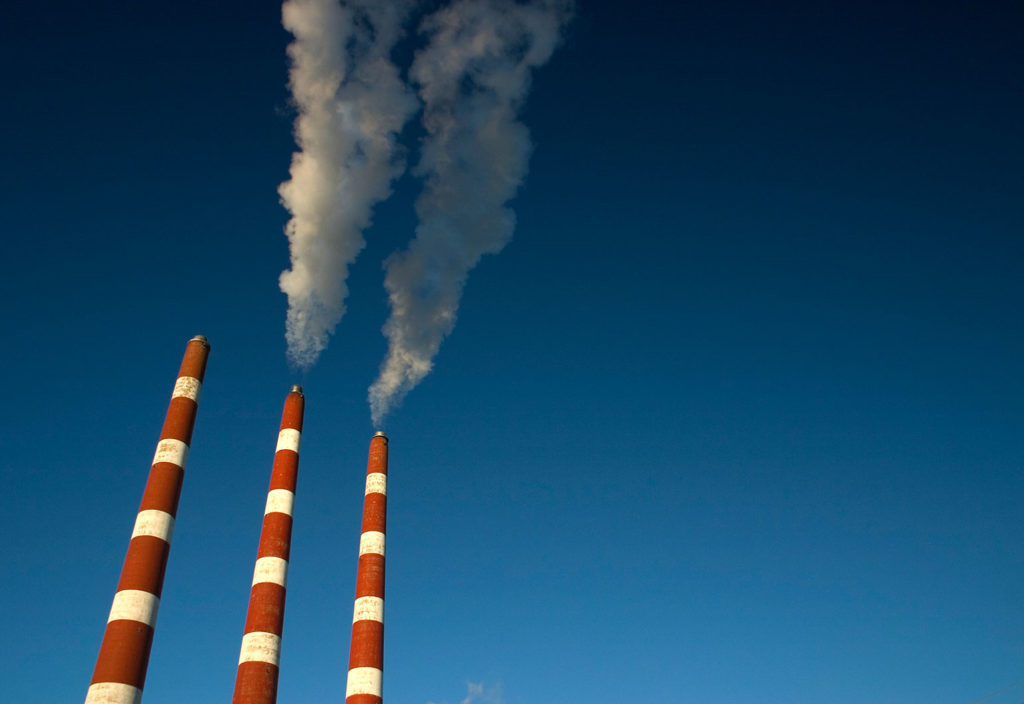A new technology that can convert carbon dioxide into chemical building blocks could see harmful emissions turned into industrial products.
Developed by Dr Rahman Daiyan and Dr Emma Lovell from the University of New South Wales (UNSW) School of Chemical Engineering, the process involves the production of zinc oxide nanoparticles through flame spray pyrolysis (FSP). These nanoparticles then act as the catalyst for turning carbon dioxide into ‘syngas’: a mixture of hydrogen and carbon monoxide used in the manufacture of products such as fuel and plastics.
“Syngas is often considered the chemical equivalent of Lego because the two building blocks — hydrogen and carbon monoxide — can be used in different ratios to make things like synthetic diesel, methanol, alcohol or plastics, which are very important industrial precursors,” Lovell said.
“So essentially what we’re doing is converting CO2 into these precursors that can be used to make all these vital industrial chemicals.”
A new solution
While past attempts have used materials such as palladium, in their recent research the team used zinc oxide as a catalyst.
“This is the first instance where a very cheap and abundant material, mined locally in Australia, has been successfully applied to the problem of waste carbon dioxide conversion,” Daiyan said.
The use of the FSP flame system also means the new method is more easily scaled to the requirements of heavy industry.
“We don’t need to worry about complicated synthesis techniques that use really expensive metals and precursors,” Lovell said.
“We can burn it and in 10 minutes have these particles ready to go. And by controlling how we burn it, we can control those ratios of desired syngas building blocks.”
Closing the carbon loop
In the future, the technology could be scaled up for use in converting waste carbon dioxide emitted by a power plant, helping to close the carbon loop.
“The idea is that we can take a point source of CO2, such as a coal fired power plant, a gas power plant, or even a natural gas mine where you liberate a huge amount of pure CO2, and we can essentially retrofit this technology at the back end of these plants,” Lovell said.
“Then you could capture that produced CO2 and convert it into something that is hugely valuable to industry.”

